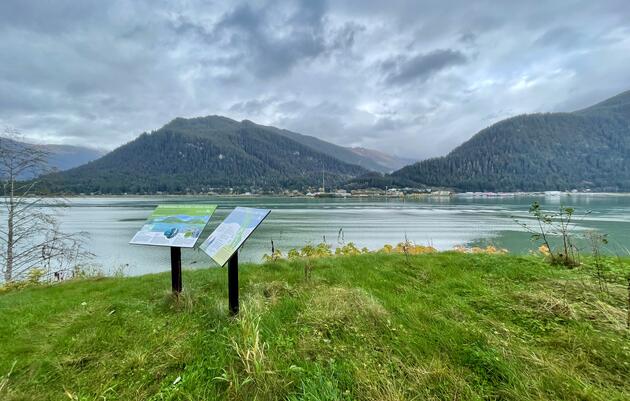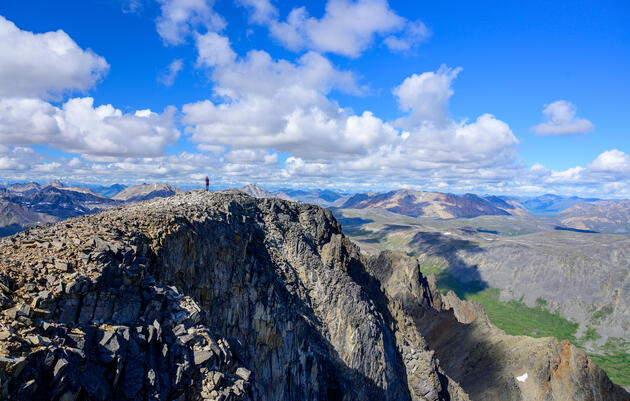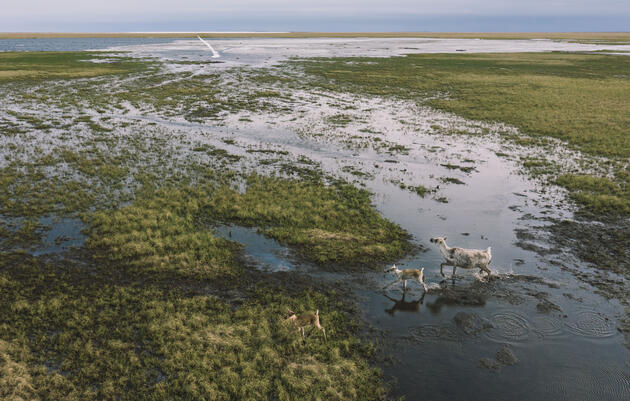“Hope is not like a lottery ticket that you can sit on the couch and clutch, feeling lucky. ... Hope is an ax you break down doors with in an emergency; because hope should shove you out the door, because it will take everything you have to steer the future away from endless war, from the annihilation of the earth’s treasures and the grinding down of the poor and marginal. Hope just means another world might be possible, not promised, not guaranteed. Hope calls for action; action is impossible without hope. ... To hope is to give yourself to the future, and that commitment to the future makes the present inhabitable.”
Over a recent meal, my mother-in-law recently shared this remarkable passage by Rebecca Solnit. As daylight returns and continues to lengthen during these early days of 2024, hope will continue to be the inspiration behind Audubon Alaska’s work within the region and across the globe’s flyways. Hope drives our efforts to protect irreplaceable ecosystems and to change systems that threaten nature.
From America’s Arctic to the Tongass National Forest, we have big plans for the coming year. Alaska’s diverse ecosystems, cultures, and politics require unique and creative solutions for both nature and people—and that’s what we’ll continue to bring to the table. Among a host of ongoing projects, we aim to finalize a novel regulatory package to safeguard the Western Arctic’s 13 million acres of designated Special Areas, including the globally unique Teshekpuk Lake wetlands complex. We’ll be building off the success of our Southeast Alaska Birding Trail mobile app to further advance sustainable tourism within the region. And we’ll be working to ensure that places of tremendous ecological and cultural importance, like the Chilkat Valley, remain free of mining activities.
Thanks for your continued commitment to and support for Audubon Alaska. Your hope for birds, wildlife, and the places they need motivates us every day. Forward we go!






